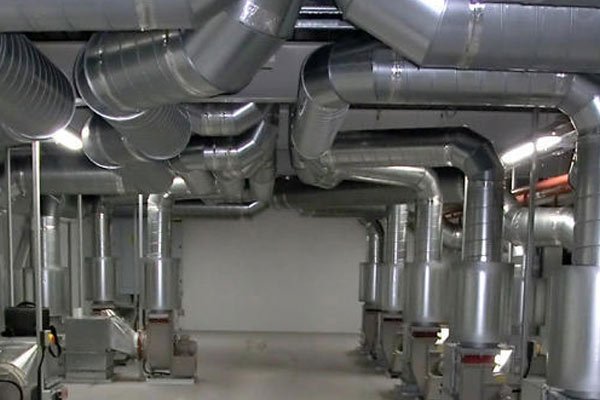
Augmenting ventilation needs without having to make manual adjustments to each system
Transformative Wave, a provider of HVAC and building automation solutions, has just announced what it calls a breakthrough new feature to its award-winning eIQ Platform designed to enable facilities managers (FMs) to automate ventilation adjustments to comply with The Centers for Disease Control and Prevention (CDC) recommendations associated with the COVID-19 pandemic. The CDC has issued guidelines for commercial buildings including malls, retail stores, and restaurants to increase the amount of fresh outside air from heating, ventilation and air-conditioning (HVAC) systems as a strategy for mitigating the spread of the SARS-CoV-2 coronavirus that causes COVID-19.
New York and Connecticut, to name two, have made compliance with these standards a requirement for certain businesses seeking to reopen indoor operations. Compliance presents an extreme challenge for the majority of businesses who are interested in making their facilities as safe as possible, says Transformative Wave. Modifications to an HVAC system’s ventilation settings and schedules typically require a technician to visit each individual facility to make manual adjustments to each HVAC system. This represents a significant expense and management nightmare, says the company.
Alex Douris, energy specialist at H&M, explained about his company’s experience:
We were faced with the need to increase ventilation rates in order to reopen 19 of our stores in New York and Connecticut. With Transformative Wave, all we had to do is call and ask them to make it happen. With our older building automation system, we would have been forced to physically go out to hundreds of HVAC units in order to do what Transformative Wave did in a few hours for us. The cost would have been significant.
Compliance with CDC guidelines requires operators to change three HVAC settings:
- Eliminate demand-controlled ventilation (DCV);
- Increase the minimum amount of outside air; and
- Extend the length of time the HVAC systems operate (up to 24/7).
The Enhanced Ventilation Mode addresses all three by allowing users to set multiple ventilation schedules with increased outside air assignments for each period. It is possible to aggressively purge the building with fresh air prior to occupancy and/or ventilate at predetermined levels for longer periods of time.
Transformative Wave’s eIQ Platform is a robust building automation and energy efficiency technology engineered to go beyond the limitations of conventional control systems and automate the process of making complex changes in ventilation settings and schedules.
Enhanced Ventilation Mode can be applied globally across all buildings in a customer’s portfolio or only to select buildings and individual HVAC units in the portfolio. This flexibility allows FMs to navigate variations in local standards, occupancies or climate realities.
Once the Enhanced Ventilation Mode parameters have been defined, enabling and disabling is accomplished with the “push of a virtual button” in the eIQ Platform user interface.
According to Transformative Wave, automated compliance is simply not within the reach of the majority of building operators in the retail sectors. It requires direct control over the HVAC system’s outside air dampers, operating schedules, and existing ventilation settings. The company’s innovative technologies make these kinds of operational changes possible.
Another advantage of this feature is the ability for operators to return systems to normal ventilation settings once the pandemic has passed; a return to pandemic ventilation standards can be easily accomplished should it be necessary due to an isolated or widespread outbreak. This is a mechanism for enterprises to protect themselves now and in the future. Complying with these COVID-inspired guidelines can have adverse effects on comfort and energy costs. Transformative Wave’s family of products helps building operators make pandemic-related ventilation changes with minimal increase in energy expense and impact on indoor comfort.


